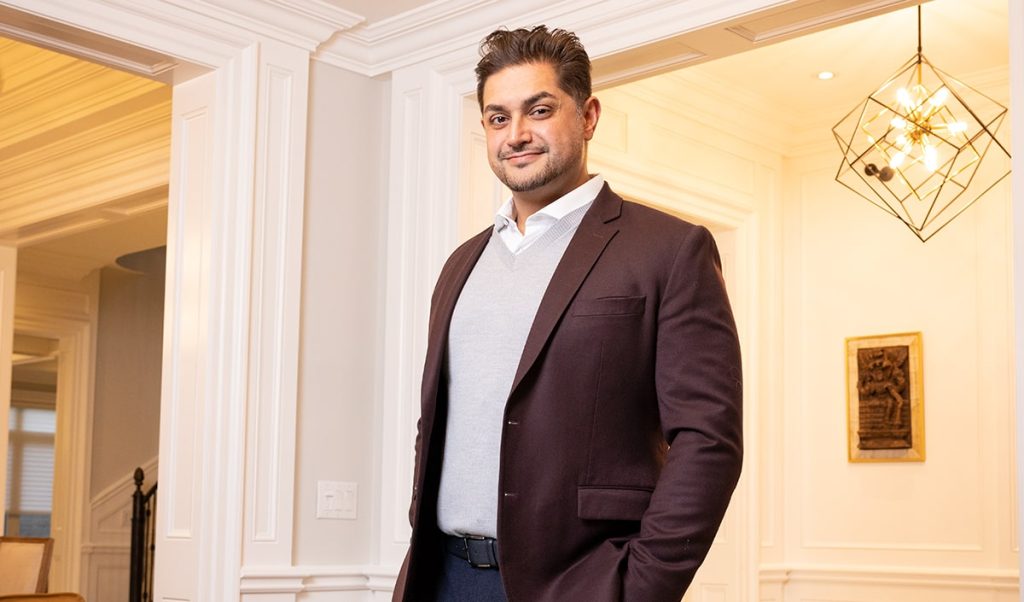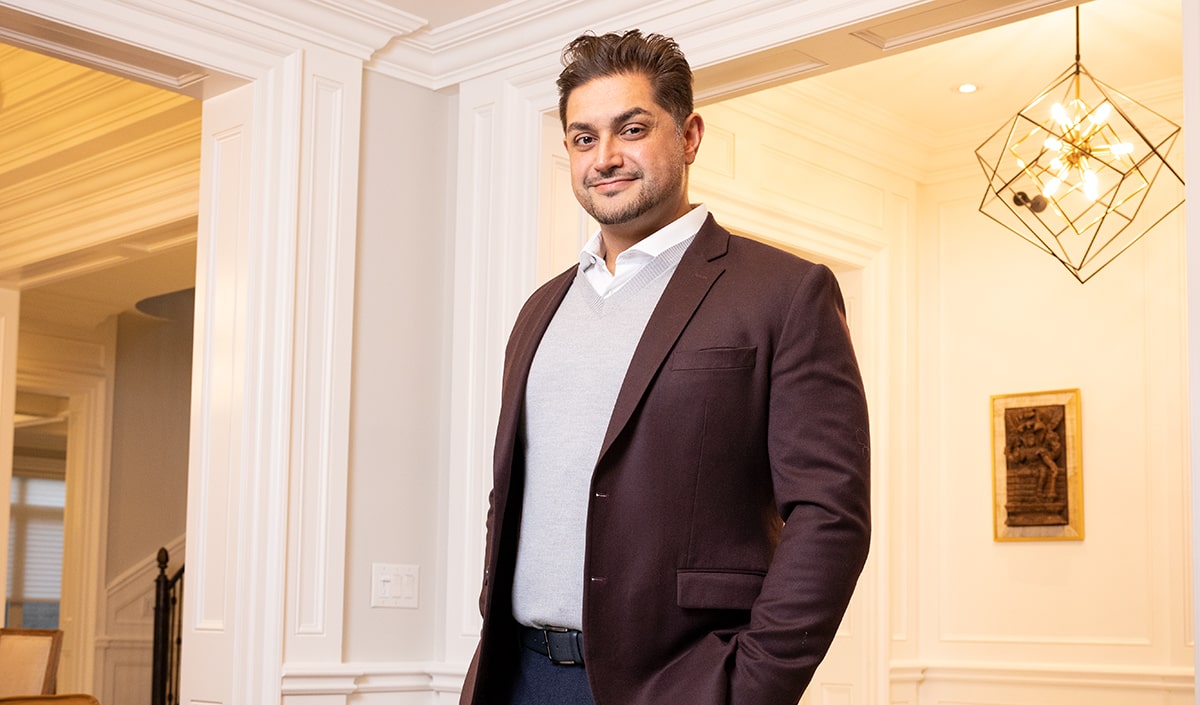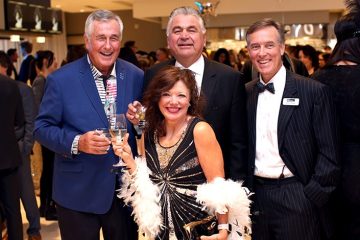Dr. Sebastian Rodriguez-Elizalde: A Maker Of Movement
The Humber Hospital surgeon discusses balancing life as a dad and a doctor, advancing technologies and approaching surgery as a dance.
Dr. Sebastian Rodriguez-Elizalde has an impressive resumé. While he’s an orthopedic trauma and adult hip and knee surgeon at Humber River Hospital in Toronto today, his training includes, but isn’t limited to, completing an orthopedic surgery residency at the University of Ottawa, fellowship training at the Hospital for Special Surgery in New York and another in orthopedic trauma at Toronto’s Sunnybrook Health Sciences Centre.
It’s been a lifelong pursuit for him, one that he always pictured himself exploring. “Surgery can be technical and hands-on, and some of those stresses aren’t suited for everybody,” he says. “I’ve always enjoyed working with my hands, whether it was with painting or something else when I was younger. I could see myself doing surgery.”
It’s something he goes as far to describe as a dance. “It’s choreographed,” he explains. “When someone goes to sleep, how you move them, how you prep them, the surgery you do — everything is a well-choreographed performance.”
While no one in his family is in the medical field, they always talked about the importance of education. “My mother’s from India, and my father’s from Argentina. They met in France,” he continues. “Education was always a big cornerstone for both of them. It allowed them to travel the world and come to Canada, so they saw it as the way to bring up their kids.”
It’s that importance of education that’s built Dr. Rodriguez-Elizalde’s resumé. In our conversation, he mentioned that “education doesn’t end,” and even recently, he completed a master’s in health administration from the University of Toronto’s Dalla Lana School of Public Health.
But for all the education he has under his belt, it’s the real-life experiences as a surgeon that are paramount. “You get to see the results of your surgery very quickly, so it’s gratifying to know if you fix someone’s broken hip or knee, you’ll see results in patients within days or months.”
He continues to say how “so much of health care is spent on disease prevention or management. We don’t really cure diabetes; we manage it with medications. With arthritis of the hip, for example, if we do a replacement, we’ll essentially cure someone, and they’ll go back to a regular life.”
Part of what drives Dr. Rodriguez-Elizalde is his interest in advancing or new technologies. Even in the years since he’s started working in orthopedics, he discusses change and how a deeper understanding of anesthesia, surgical planning and technique has led to being able to send people home early. “When we started training, people were in hospital for a week before we sent them home. Then it was five days, four days, two days. Now, 90 per cent of my patients go home the same day.”
Another major advancement he’s been able to experience is the Hana table, a piece of medical equipment that allows legs to be placed in stirrups, offering surgeons like Dr. Rodriguez-Elizalde the opportunity to easily reposition legs and hips during surgery. It also means the surgeon can access the hip from the front, leading to a safer procedure with a speedier recovery.
Humber Hospital has three Hana tables, provided by donors, which Dr. Rodriguez-Elizalde says changed the way they operate. “I was very fortunate that our hospital was the first to adopt it in the GTA,” he says. “It’s done in London, [Ont.], in Ottawa and scattered about the country, but not regularly in Toronto. We found a huge difference in patients, and they were able to feel more stable immediately after surgery.”
As well as his work in the city, Dr. Rodriguez- Elizalde’s philanthropic work has seen him helping people farther afield. His work with Operation Walk, which provides free hip and knee replacements to patients in developing countries, takes place once a year. “I’ve been to Ecuador and Guatemala,” he says. “That’s been some of the most gratifying times of my life.”
As a father of three, most of Dr. Rodriguez- Elizalde’s spare time is spent with family. He shares that he has a place in Collingwood, Ont., skiing and snowboarding with them there in the winter, or enjoying bike rides and baseball sessions in the summer.
He also says how life is busy and admits it can be hard to get a good routine in place. “Even if it’s just going for a walk or getting to the gym, that’s really important for my own mental clarity,” he says. “We’re lucky at Humber to have a gym in the basement we can use. It’s nice after we operate to go down there and work out for 45 minutes before we go home.”
For Dr. Rodriguez-Elizalde, it’s clear that working as a surgeon is a privilege. “People trust me to let me do surgery on them and make them better,” he says. “There’s no greater gift, as far as I’m concerned.”
Not only has it led to him doing something he loves, but it has also offered up countless stories he hears from his patients. “Hearing they can go back to ballroom dancing, go to the cottage and take steps to the dock or crouch down and play with their grandkids — it’s the stories they tell that keep you going.”












































































